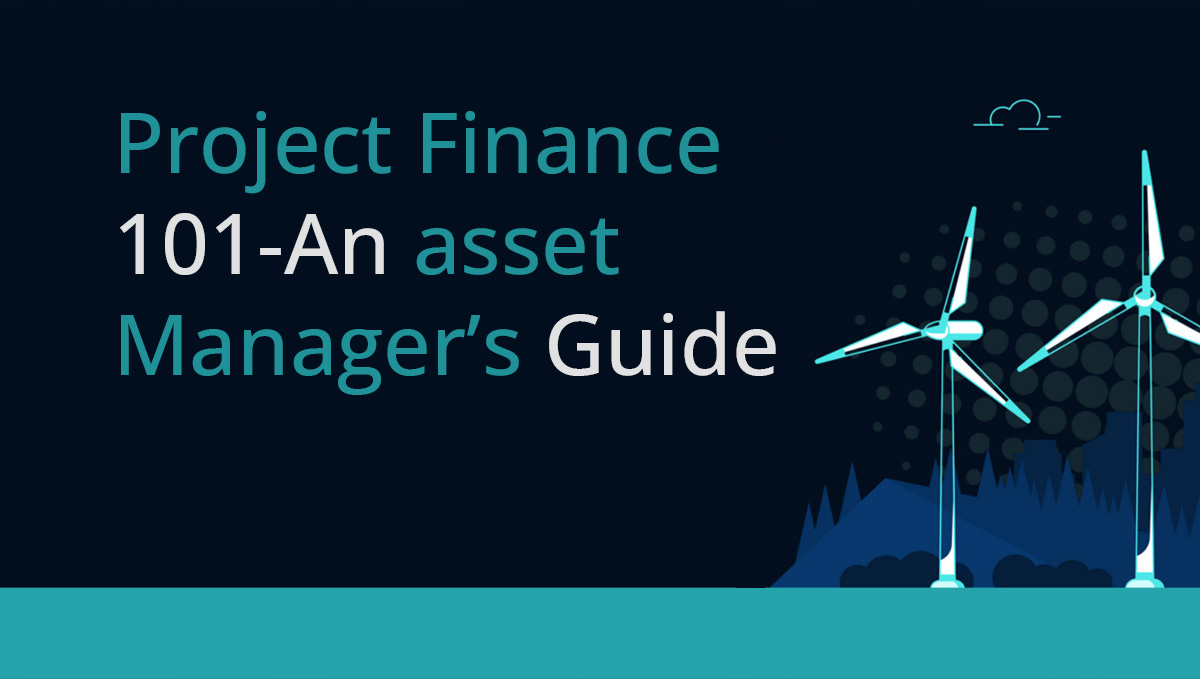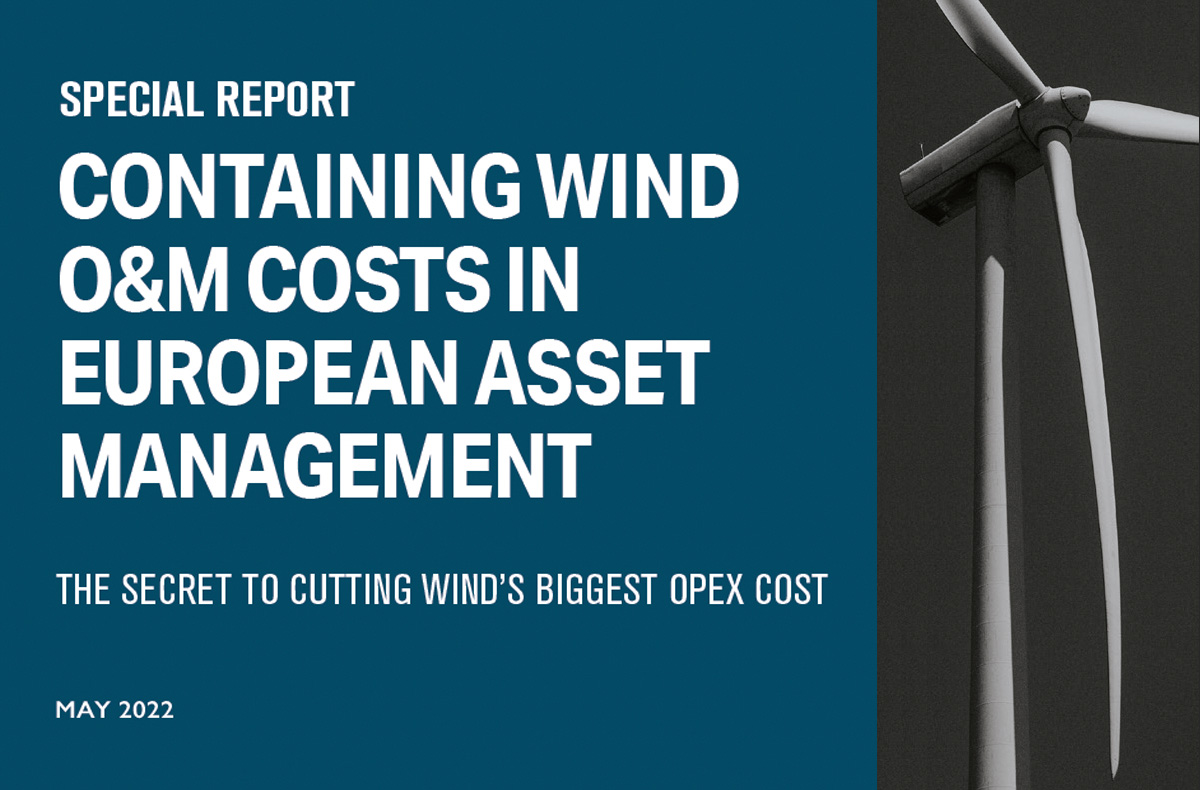RESS Auction – Strategy
The Renewable Electricity Support Scheme (RESS) is designed to promote investment in renewable energy generation in Ireland. This competitive auction requires developers or operators to bid in at their required rate of return, and if successful will be paid in line with their bid.
In most European markets, similar renewable energy auctions are index-linked, meaning the price can increase with inflation over time. With RESS, the government decided not to index-link, which means that whatever a potential participant bids is the price they will get for the next 15-16.5 years, regardless of inflation.
As the projects that were successful in the auction negotiate their upcoming financing packages, inflation which has traditionally received less attention, could now become a key focus. Will the current economic environment imperil very tight, marginal projects, and might it encourage the Department of Environment, Climate and Communication to ensure that all future auctions are index linked to provide certainty around a key variable, over which no developer or operator has control.
Why is this so important?
The general consensus when the RESS-1 auction occurred was that the non-indexed nature of the auction meant that many bidders would assume a reasonable level of inflation, perhaps an initial curve which plateaued at the central bank’s target rate of 2%.
This is important because the most significant contracts in renewable energy projects are required to increase with the Consumer Price Index (CPI), and during the RESS period revenue pricing (per MWh) is fixed. If inflation increases above the expected norms, this has a large impact on the projects IRR, and cashflows for the project as a whole. Overall inflation, at normalised levels, adds 20-30% more to a project’s operational costs over its lifetime, depending on assumed rates.
Whilst some might have included an initial buffer for potential overruns, many parties bid in more aggressively on the basis of little or no inflation over the last decade. This gave them the benefit of being more aggressive in their strategy and increased the likelihood of receiving an offer. At the time, that seemed like a winning strategy, however, this was before we understood the true impact of the pandemic and its possible impact on inflation.
The question now is, should they be mindful of the winners curse, and what is the impact on borrowing and equity contribution?
An unusual year
The last 12 months have been by all accounts highly unusual, none more so than in the world of economics and monetary policy. Between March and November of 2020, the M2 supply of money increased by 24% (M2 is a broader measure of the money supply than M1, which just includes cash and deposits). This increase exceeded any year-on-year period in one and half centuries worth of available data (source: longtermtrends.net).
For context, the majority of periods between 1875 and 2010 where the money supply increased by more than 10% year on year saw a comparable increase in CPI within a 3-5 year period. The notable exception being the financial crisis.
The current state of the stock market and its excessive valuations over historical norms is a testament to the fact that many investors recognise the huge increase in liquidity has been funnelled into the stock market, and that if any, currently fear inflation.
This time it is different.
Many economists, investors, bankers and even seasoned energy developers point to the 2010 financial crisis as a comparable period during which inflation was a non-factor. During this period of significant monetary expansion there was little increase in the CPI, and in fact, in many developed countries it declined.
The difference between then and now is that during the GFC the money that was being created was replacing money that was not being created by bank lending, as such, it is not just an increase in the base money that has occurred, which is under the control of central banks, but the ‘broad money’ such as household bank balances, that have increased.
The obvious consequence of this broad money situation is that the private sector will find itself with excess cash as their currently restrictive economies reopen post the pandemic, and pent up demand increases spending in key CPI buckets, as demand outstrips any available supply.
Whilst I’m no economist, my simple assumption is that this will be a result of firms that have gone bankrupt reducing the available supply of goods and services, and those who survive having difficulty in ramping up capacity to meet demand based on depleted balance sheets.
Early Warning Signs
The early weeks of 2021 appear to be supporting the view that inflation is on an upward trajectory, during the past week UK prices index increased from 0.3% in December to 0.6% in January and in New Zealand, consumer prices rose 1.4% from a year earlier when economists expected inflation to slow to 1.1%. Furthermore, the recent news of increased shipping costs between China and the US, increasing commodity prices (in particular LNG as a result of increased Asian demand) and price rises in the EU as a result of Brexit, signals that the early indicators of that evasive inflationary target coming to bear.
Central bank policy to exceed targets
In addition to the above, central banks have signalled their willingness to let inflation exceed previously highlighted targets, as a result of which economists at Morgan Stanley predict “a fundamental shift in inflation dynamics” in America, and consequently Europe, as a result of this potential overshoot.
To be clear, I’m not saying that we are looking at a period of hyperinflation, not by any means, the primary purpose of this article is to highlight that the majority of bidders in the RESS-1 auction, have likely made a standard assumption around inflation and to outline that, perhaps, this should receive more attention than it is currently receiving during both diligence, and bid strategies for RESS-2.
However, much more agile and brilliant minds such as Paul Singer have highlighted that the current orthodoxy does create the risk of higher inflation and current policy could create (or sustain) dangers in the wider financial markets as central banks have created a false sense of security around risk, and great inflations occur when central banks are unable to withdraw support and become trapped.
Back to RESS
Anyway, back to the original predicament. I have modelled, at a very high level, the impact of a very small increase in the ‘generally’ accepted assumptions around inflation for RESS modelling purposes.
We have taken a generic 20MW wind farm with a reasonable capacity factor and average operational and construction costs, we have used an amount above the average RESS auction price, reflecting a smaller farm, and a 16 year RESS term. The inflation curve assumed a 1.3% indexation rate in FY21, slowly rising to 2% by 2025.
Scenario 1: 0.5% increase in the average curve (P50) – During the RESS period, cashflows reduce by €700,000
Scenario 2: 1.0% increase in the average curve (P50) –During the RESS period, cashflows reduce by over €1,450,000
Scenario 3: 1.5% increase in the average curve (P50) – During the RESS period, cashflows reduce by over €2,250,000
Clearly, the above is high level but even a 0.5 to 1.5% increase in the assumed inflation curve has a significant impact on the cashflows of the project. These are by no means hyper inflationary numbers, and in the event of an overrun does this impact the returns to the developer or operator, or worse, to its likelihood of raising debt for the project (at P90 levels), should inflation arrive much sooner than expected.









